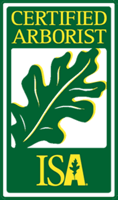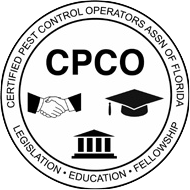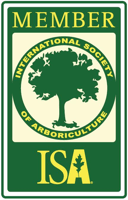The black olive caterpillar, also known as the bucida caterpillar or Characoma nilotica, is known for its ability to defoliate a black olive tree, the stains they cause, and the fact that they hang off the tree by silk substance. Owners of the black olive tree usually start fussing about the caterpillars rappelling and dropping out of the canopy (a tree’s branches, leaves, or other foliage) around early spring. Landscapers have nicknamed this insect the “bungee caterpillar” because of its rappelling behavior.
Once these caterpillars have consumed the flowers, the black olive tree may begin to brown and defoliate. Fortunately, this doesn’t affect the overall health of the trees. Instead, it is more of an aesthetic problem. Caterpillars like these don’t consume this foliage for food; they are only there to vandalize the trees. They will float around on their silken threads to look for flowers and other foliage on the lower canopy.
Zimmerman Tree Service offers insect and tree disease management and black olive tree stain prevention for the mess these caterpillars create for black olive tree owners.
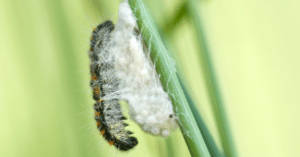
Caterpillar Poop Stains
What many people don’t know about the black olive tree is that the stains it causes aren’t actually from the tree itself but rather from the caterpillar. The caterpillars and larvae feed off the flowers and leaves, and the feeding produces frass. Frass is a general term used to refer to the biological waste that insects leave behind. Frass falling from the trees causes rust-colored stains on the sidewalks, driveways, cars, and anything else under a tree’s canopy.
The black olive tree leaves have tannins, similar to oak and tea leaves, which can cause a lighter stain. When it comes to tannins, it is concentrated in caterpillar frass droppings which is why the stains are so severe and can cause damage to anything it touches. The caterpillar population fluctuates, and when the population dwindles in some years, the staining might not be as bad. In other years when the population is up, there will be an increase in the staining.
These stains will eventually bleach out in the sunlight or weather away after a few months. Still, if you want to prevent these stains from happening, there are ways to prevent stains, such as with Zimmerman Tree Service’s Black Olive Shield. With this shield, we inject insecticide into the tree’s vascular tissue to help protect the tree from pests.
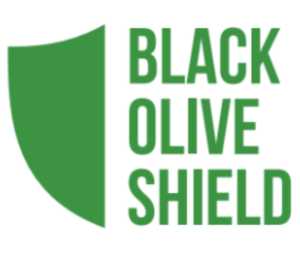
Black Olive Pests in South Florida
The caterpillars aren’t the only pests that cause staining by feeding on a black olive tree. Eriophyid mites are microscopic bugs that can go undetected by the naked eye. Their feeding leads to fruit enlargement that resembles green beans and releases an oil that is rust-colored and will stain.
Contact Zimmerman Tree Service Today!
No tree service is too big or too small for our tree experts. We offer many tree services, including tree trimming, pruning, removal, maintenance, healthcare, and more! Our team can help with insect control and stain prevention to keep your landscape looking its best. Contact Zimmerman Tree Service today to make an appointment for a consultation or diagnosis.

